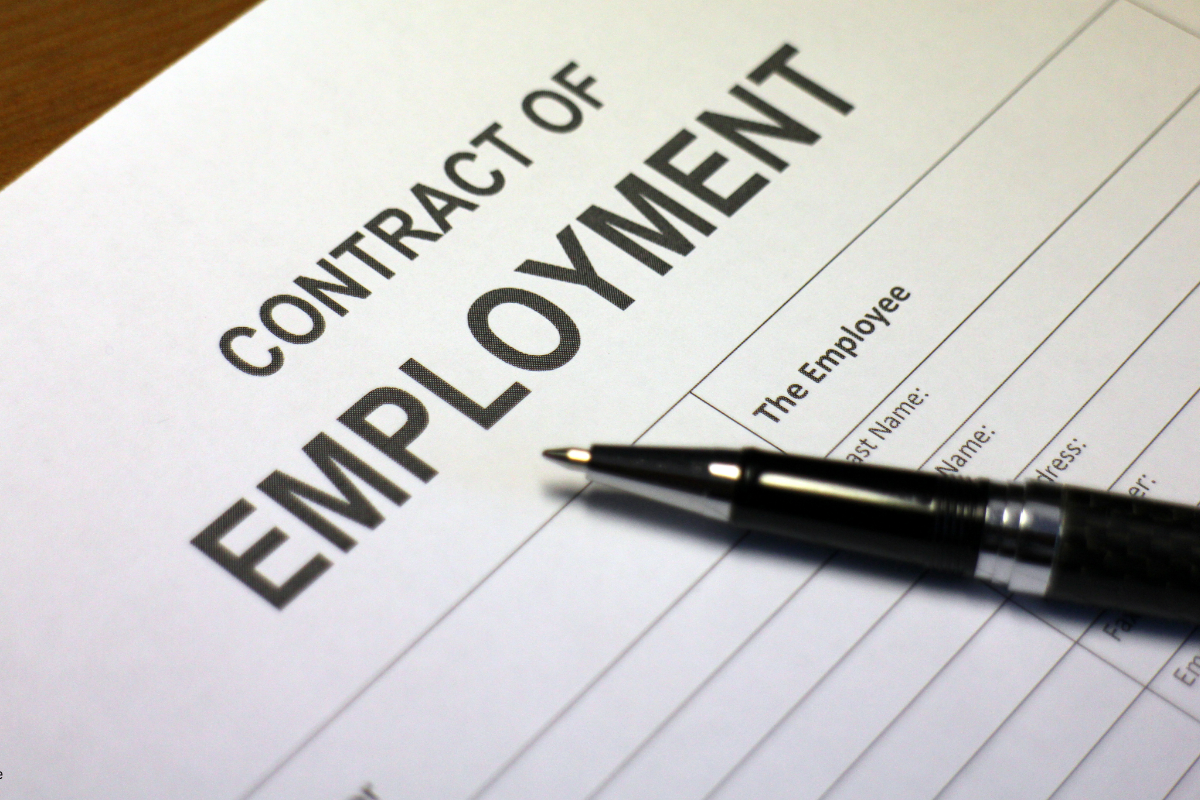Everyone has experienced stress or anxiety. Sometimes we experience both. Stress is mainly external. It is felt as the result of an outside event or situation. For example, there is the stress of organizing machinery and labour to get crop operations done on time, or the stress of taking on a new volunteer job and having to work your way through all the details that it involves. Anxiety by contrast is more internal. You aren’t feeling pressure because the speech that you have to give is just one more thing you have to get done. You’re feeling anxious because you’re afraid of public speaking and you are worried that you won’t be able to do a good job.
Read Also

Employment Agreements Can Help Protect Your Farm
Entering into employment agreements with each of your farm employees should be at the top of every farm’s “to do” list, but caution must be exercised.
On any given day, an estimated 17 per cent of Canadians are adversely affected by stress and anxiety, with more women experiencing problems.
It can be difficult to tell the difference between stress and anxiety. In fact, you often feel anxiety as the result of stress, and vice versa. The definitions also have common features. Stress is mental or emotional strain, and anxiety is an uncomfortable or unpleasant feeling. Mental symptoms of both include worry, fear, and difficulty concentrating, while physical symptoms include sleep disturbances, changes in appetite, a “racing” heart, shortness of breath, trembling and pacing.
Historically, stress and anxiety were beneficial responses in that they protected us from danger. For example, a prehistoric person might react to a rustling in the grass and run away, saving themselves from a predator. This is known as the flight or fight reaction, and to this day you may experience it when faced with an unpleasant or undesirable task.
However, when stress or anxiety is excessive for the situation, when it lasts for a long period of time, or when it interferes with day-to-day life, it is considered a medical condition that may need to be treated.
Obviously, the solution is to avoid situations where you experience stress or anxiety, but it may be difficult to identify exactly what is causing the problem or alternatively to avoid the situation itself. Think of a family member you have a difficult time dealing with, or a speech that you need to give at a wedding. It’s impossible to avoid them.
Some of the most effective therapies for stress and anxiety are non-drug approaches. Physical activity keeps your mind occupied and releases endorphins which improve your mood. Relaxation techniques, biofeedback, meditation, massage, spirituality, yoga, tai chi, and even hobbies or reading are tools that you can use to cope with stress and anxiety. Talking about your stress or anxiety with friends, family or a support group will help you realize that everyone experiences such feelings from time to time, and they may also give you ideas about coping.
What would really help is a lab test for stress and anxiety. Then the appropriate medication could be used and the problem solved. However, it is thought that imbalances in neurochemicals and hormones are the cause, and these can not be easily measured. Moreover, both are part of the autonomic nervous system, a system that you have little control over.
The drugs most often used to treat stress and anxiety are benzodiazepines, for example diazepam, clonazepam, lorazepam and alprazolam. These target a neurochemical known as gamma aminobutyric acid or GABA. In the nervous system these anxiolytic drugs affect GABA receptors, thereby inducing relaxation or a feeling of calm. The downside is that these drugs also affect other sites in the nervous system which can result in sedation and dependency.
The effectiveness of drug therapy is always increased with the use of non-drug approaches to stress and anxiety, and ideally as you become comfortable with non-drug approaches, drug use should be slowly stopped. When choosing non-drug therapies, choose ones that you will enjoy, can do, and fit into your lifestyle. Start small, for example an evening walk, and work your way to running a marathon. Good choices are activities that you can control, for example making your bed in the morning.
Here’s a neat relaxation idea. Find the middle of your collarbone, place two fingers right below the “dip” in the centre, apply gentle pressure, and breathe deeply in and out about 10 times.
Keep in mind that you are not alone when you experience stress or anxiety, and sometimes the best approach is to say “no,” politely, but firmly!
Marie Berry is a lawyer/pharmacist interested in health care and education.
———
Hair loss can affect both men and women, and may be a sign of aging. Historically, body hair helped maintain warmth, but today hair is more often thought of as a social or personal symbol. Next month, we’ll look at some of the history surrounding hair as well as some of the drugs that can cause hair loss and those that are promoted for hair growth. Send Marie your thoughts and questions: [email protected].














